-
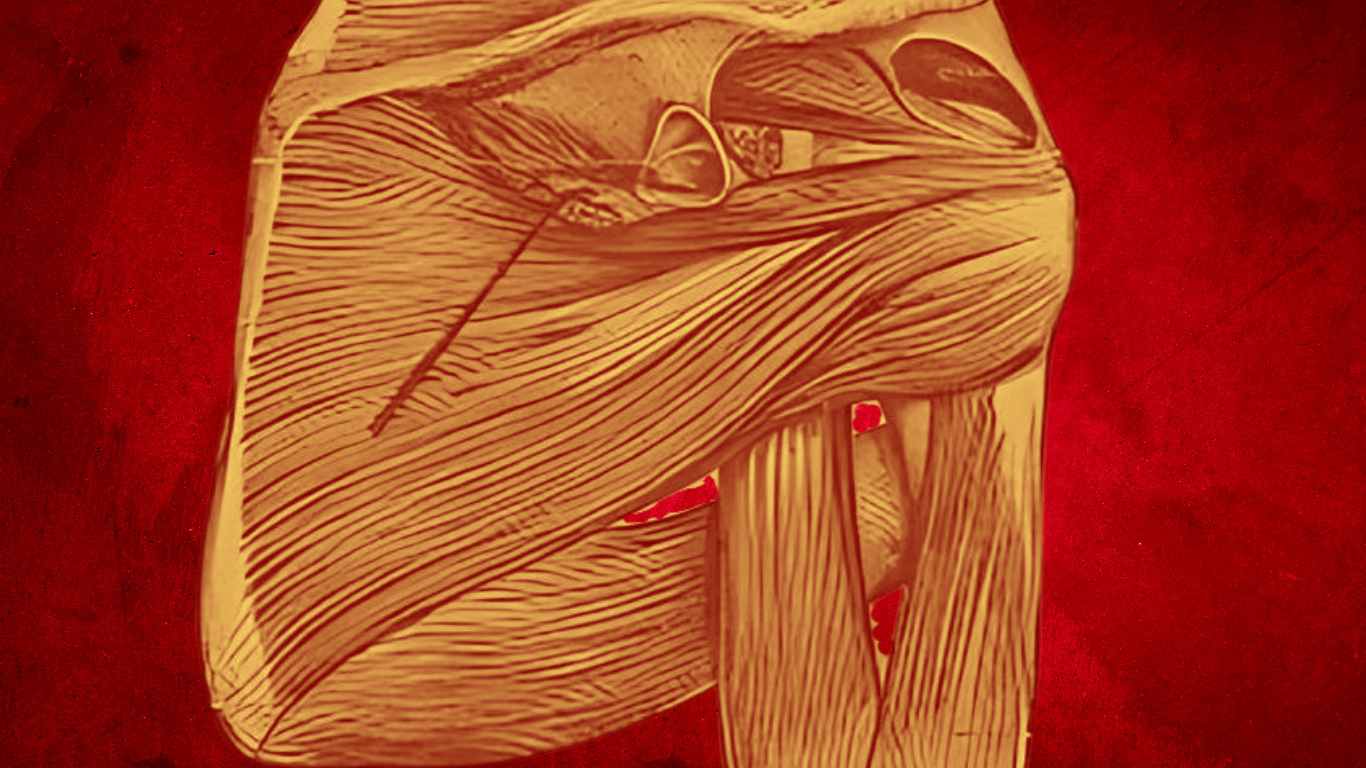
Spaces of the Shoulder: An Exploration of Boundaries and Structures
In this post, we will delve into the spaces of the shoulder, their boundaries, and the structures that pass through them. Within this complex network of muscles and bones, various intermuscular spaces play vital roles. Moreover, they facilitate the passage of nerves and vessels. Among these spaces are the quadrangular space, upper triangular space, and Continue reading
-

Brachial Artery
The brachial artery, a major blood vessel in the arm, carries oxygenated blood from the heart to the hand and fingers. In this article, we will overview the anatomy, anastomoses around the elbow joint, and clinical significance. Course of the Brachial Artery The brachial artery is a major blood vessel in the arm. It carries Continue reading
-

Femoral Sheath: Anatomy and Function
The femoral sheath is a vital anatomical structure located in the upper thigh region. It plays a crucial role in housing and providing support to the femoral vessels. Understanding its anatomy and function is essential for healthcare professionals, as it has clinical significance in various medical procedures and conditions. Let’s explore the femoral sheath in Continue reading
-

Anatomical Snuffbox
The anatomical snuffbox is a fascinating triangular depression located on the dorsolateral aspect of the hand. Its unique name originates from its historical use as a container for holding snuff, a type of ground tobacco. In this article, we delve into the anatomy, boundaries, contents, and clinical significance of the anatomical snuffbox. Anatomy of the Continue reading
-

Carpal Tunnel
The carpal tunnel is a crucial anatomical structure located in the wrist region. It serves as a passageway for important structures, including the long flexor tendons and the median nerve. This WordPress post delves into the details of the carpal tunnel, its components, anatomical borders of the flexor retinaculum, and clinical considerations. Anatomy of the Continue reading
-
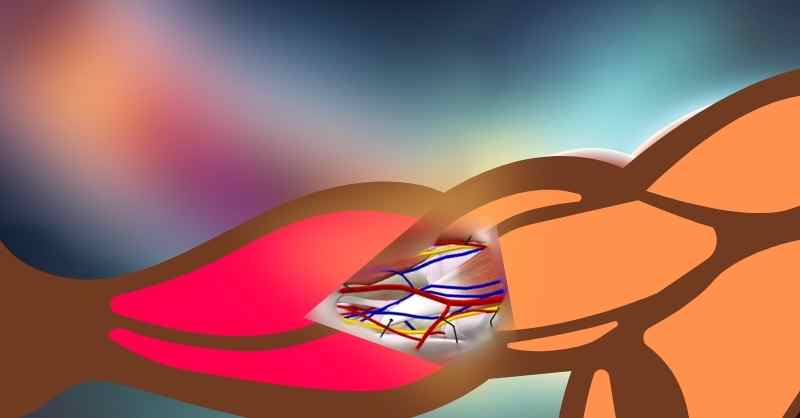
Cubital Fossa
In this article, we will delve into the cubital fossa or Chelidon, a triangular depression located in front of the elbow. It serves as a significant transitional area between the arm and the forearm, playing a crucial role in various clinical procedures. Let’s explore the cubital fossa in detail: Introduction The cubital fossa is a Continue reading
-
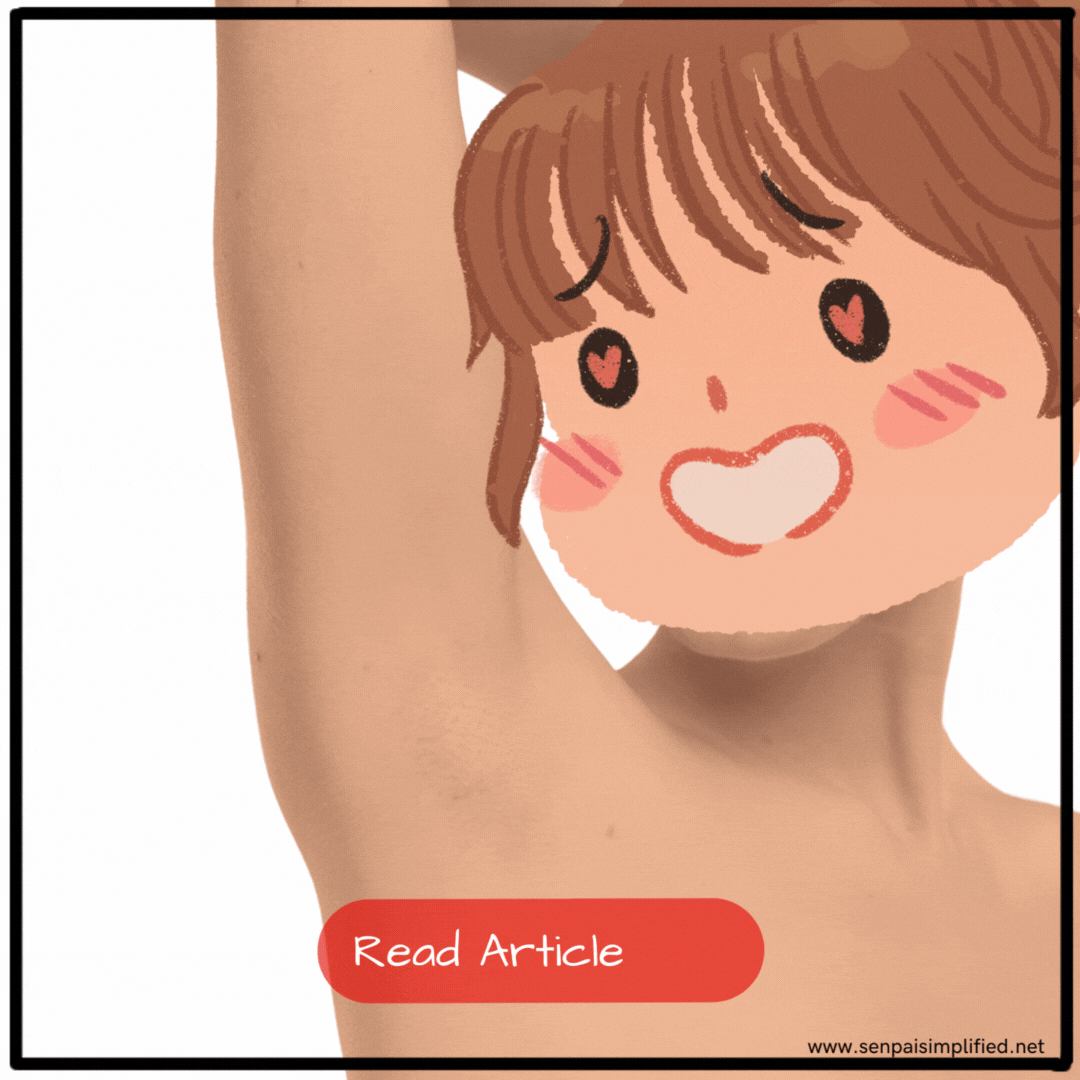
Axilla
The axilla, often referred to as the armpit, is a crucial anatomical region connecting the upper limb to the trunk. In this WordPress post, we will explore the anatomy and clinical considerations related to the axilla. Anatomy of the Axilla We can describe the axilla as a four-sided pyramid with its base directed laterally and Continue reading
-
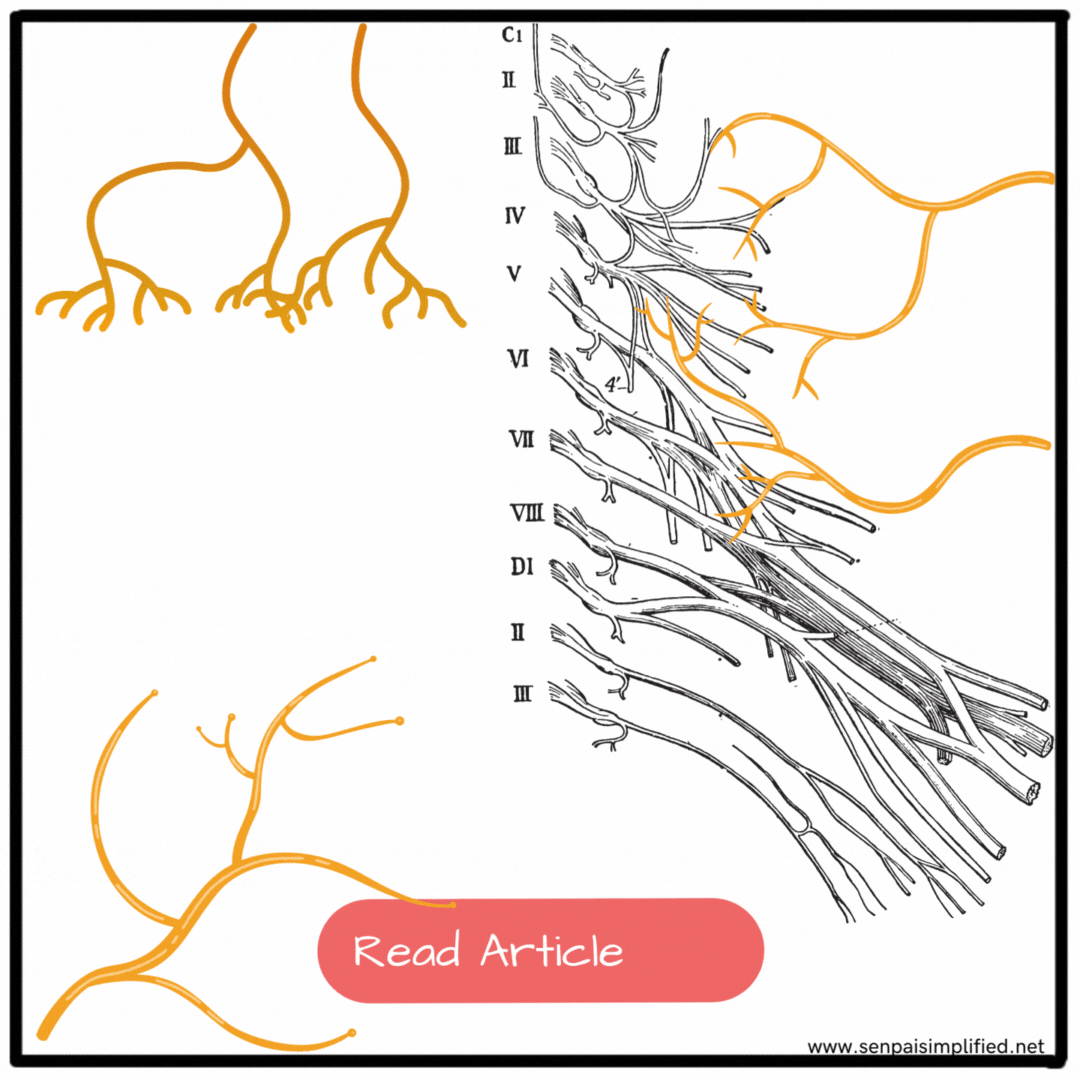
Brachial plexus
The brachial plexus is a complex network of nerves that originates from the anterior (ventral) primary rami of C5, C6, C7, C8, and T1 spinal nerves. It plays a vital role in the innervation of the upper limb. Let’s explore the anatomy and components of the brachial plexus in more detail: Anatomy of the Brachial Continue reading
-

The Venous Drainage of the Upper Limb
The venous drainage of the upper limb is a crucial component of the circulatory system. It involves two primary venous systems: the deep veins and the superficial veins. In this article, we will explore the anatomy and characteristics of these venous systems and their role in draining blood from the upper limb. Deep Veins Deep Continue reading
-
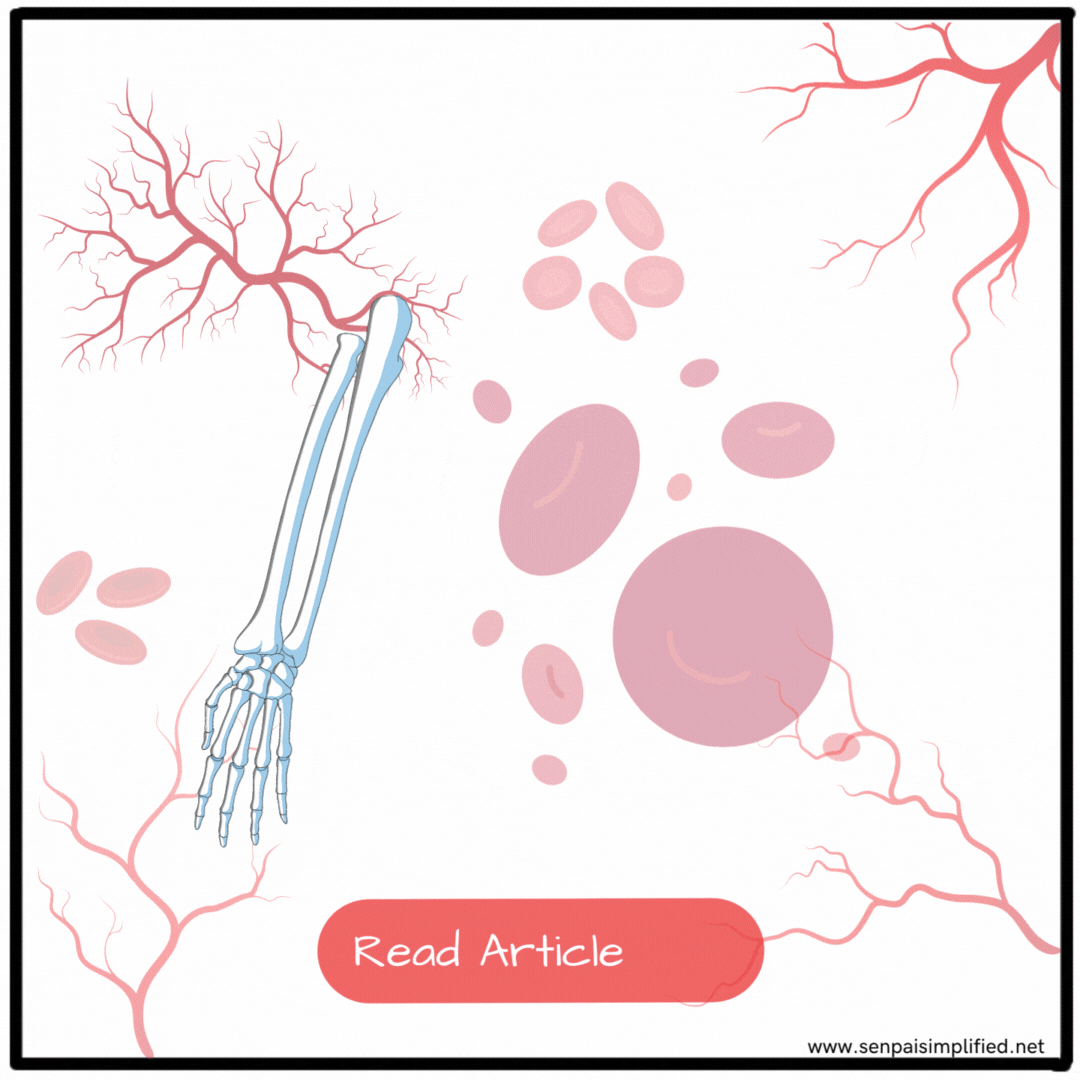
Radial Artery
The radial artery is a major blood vessel in the human body. The radial artery has significant clinical relevance, serving as a popular site for arterial punctures and as a potential conduit for coronary artery bypass grafting. Understanding the characteristics and functions of the radial artery is essential in various medical procedures and interventions: Course Continue reading